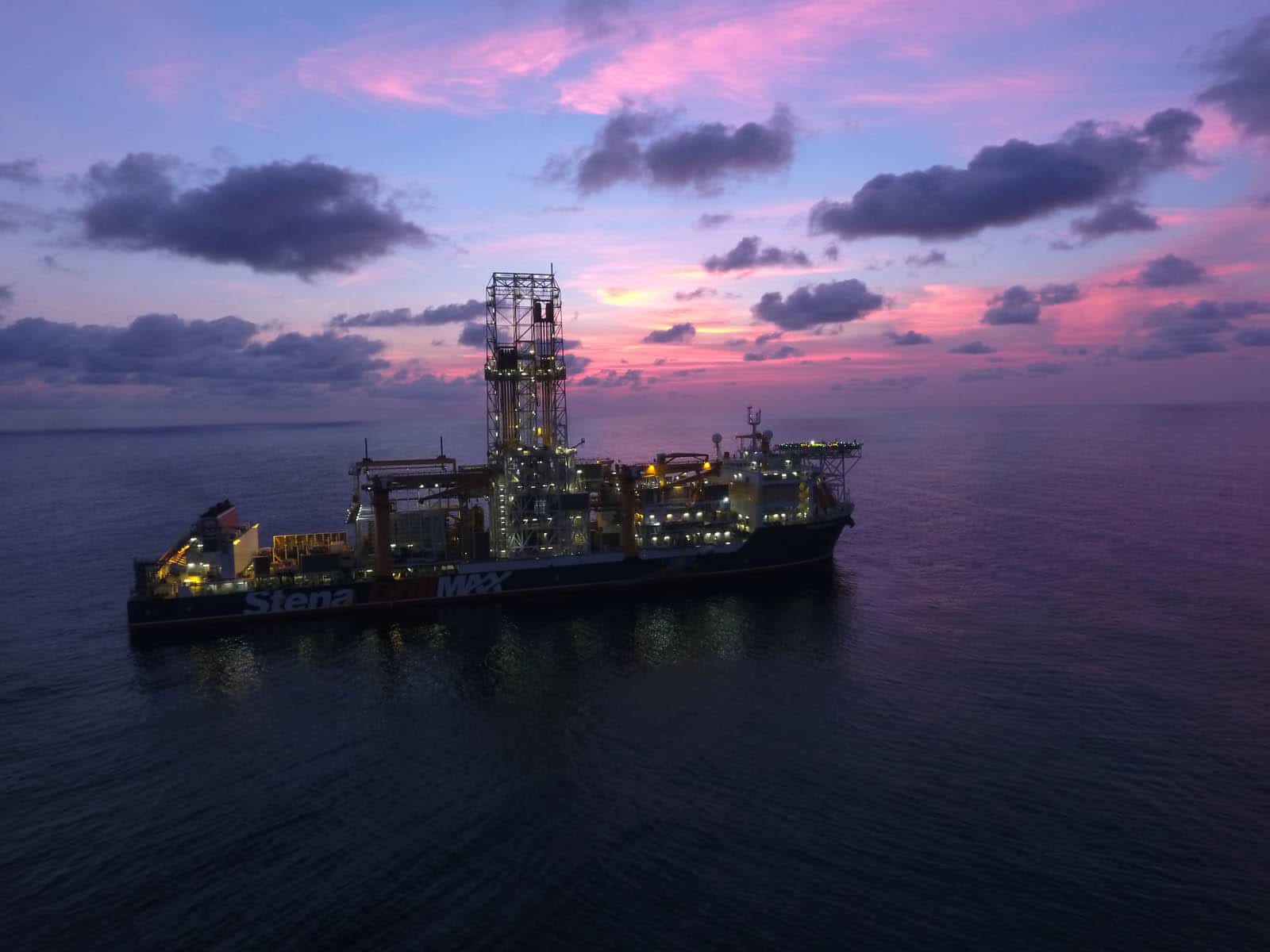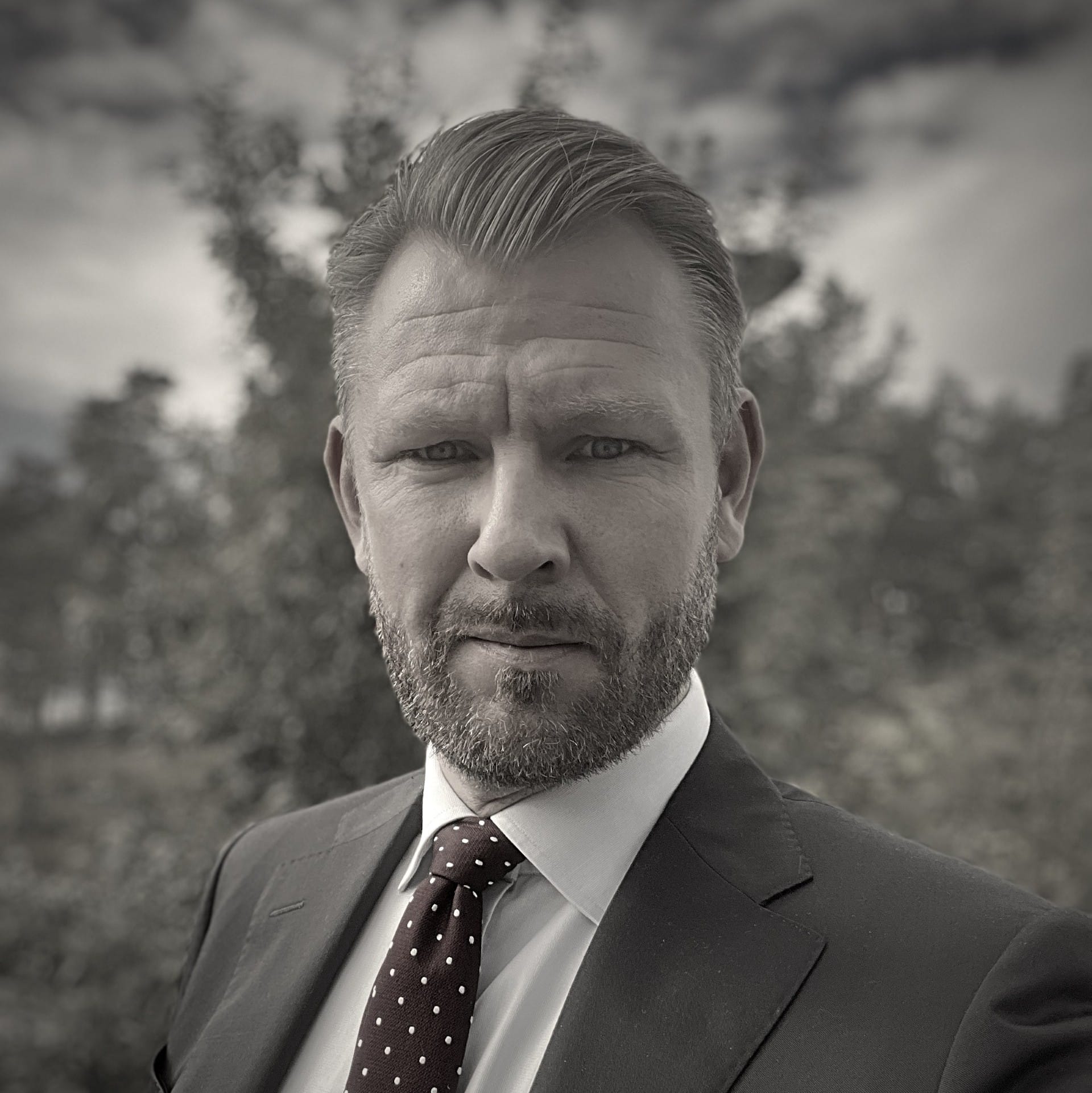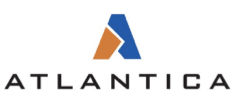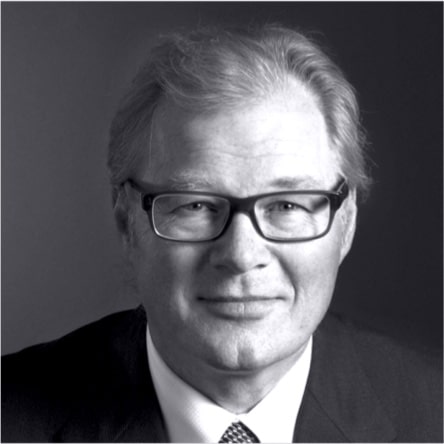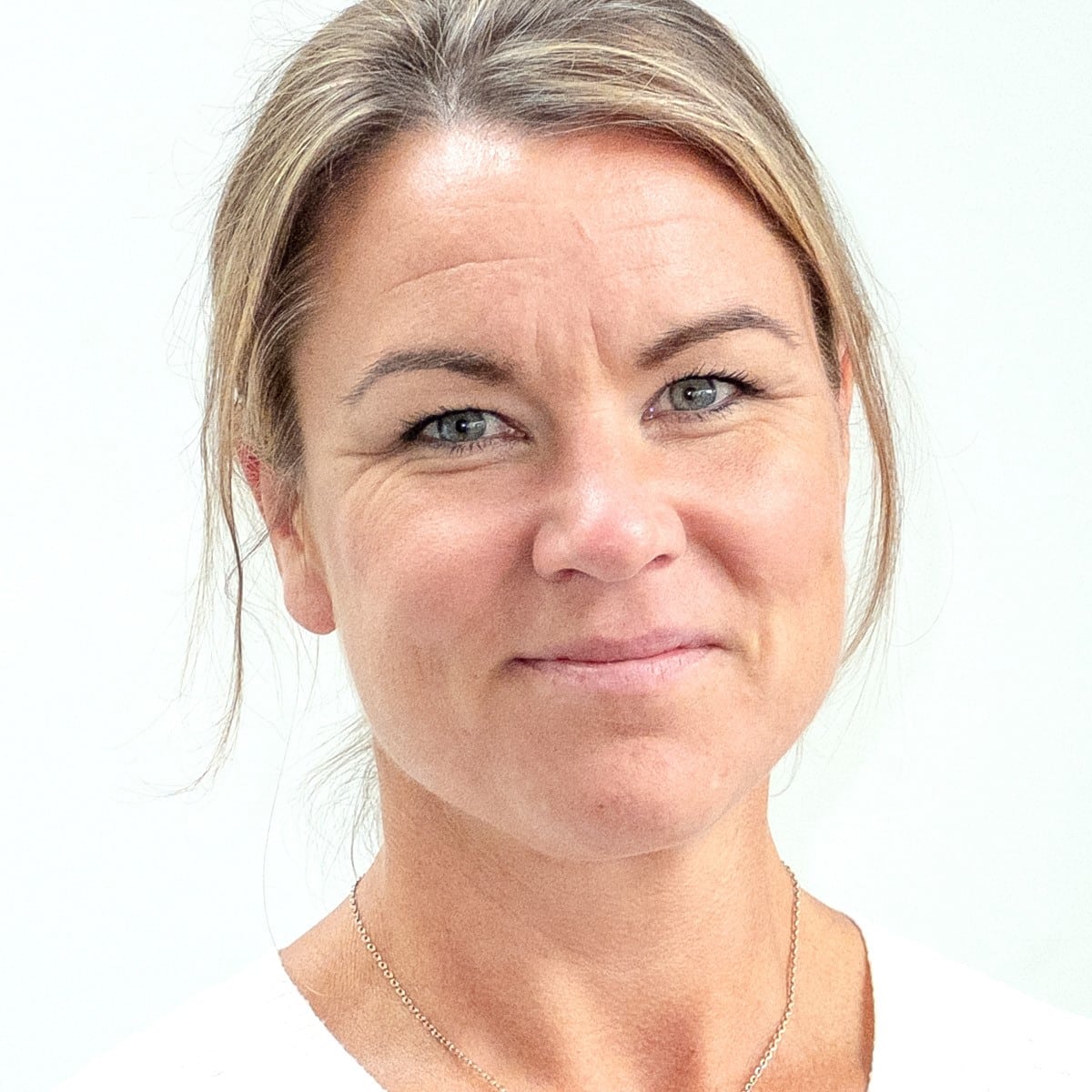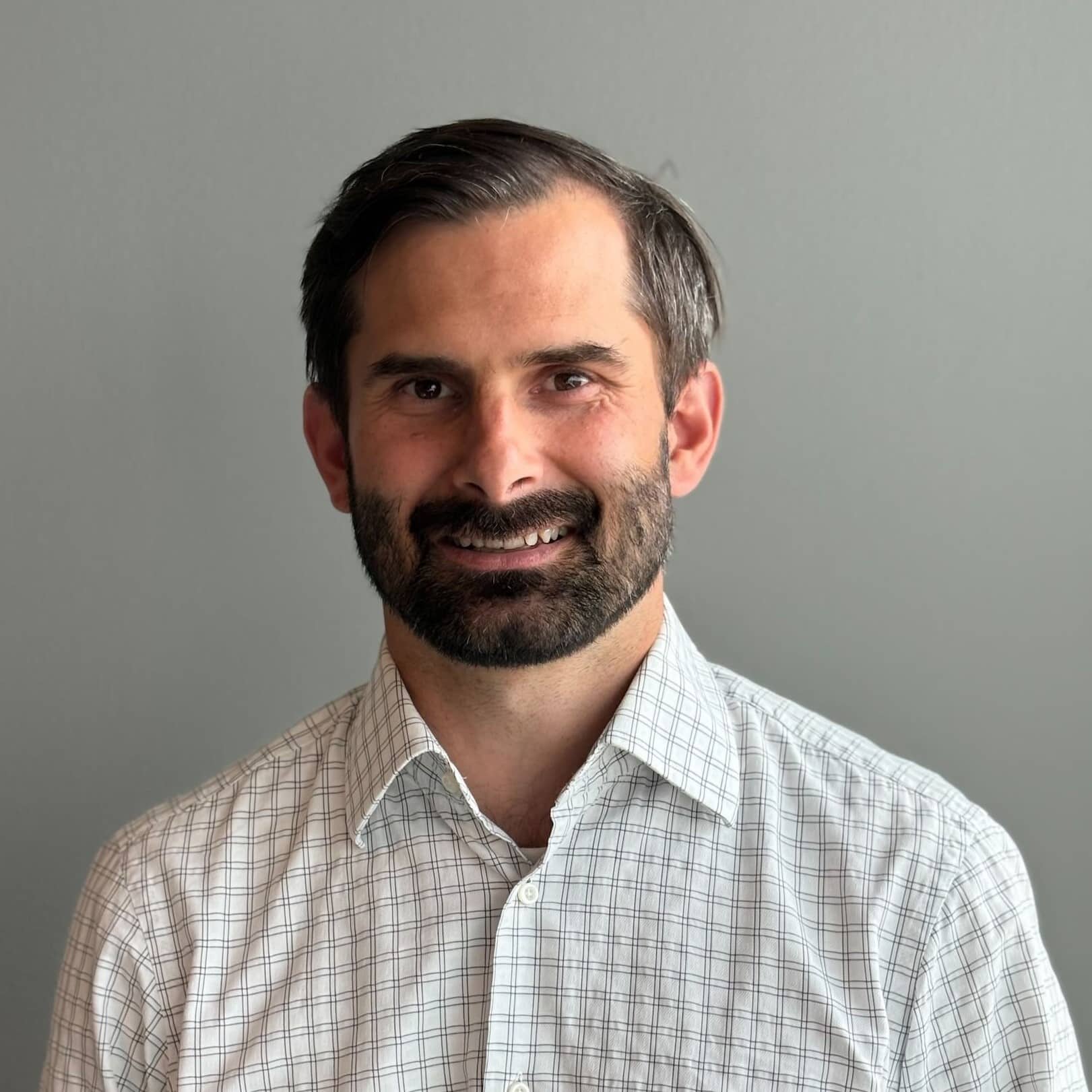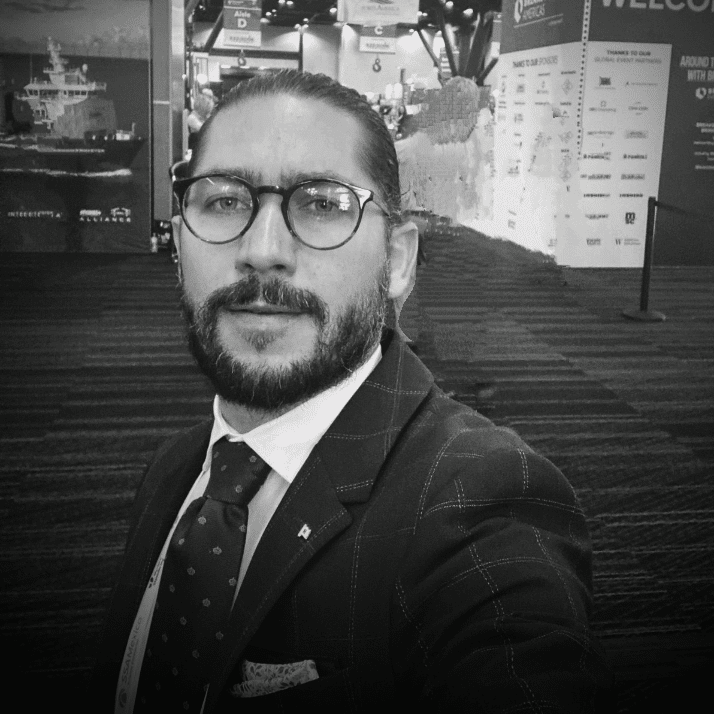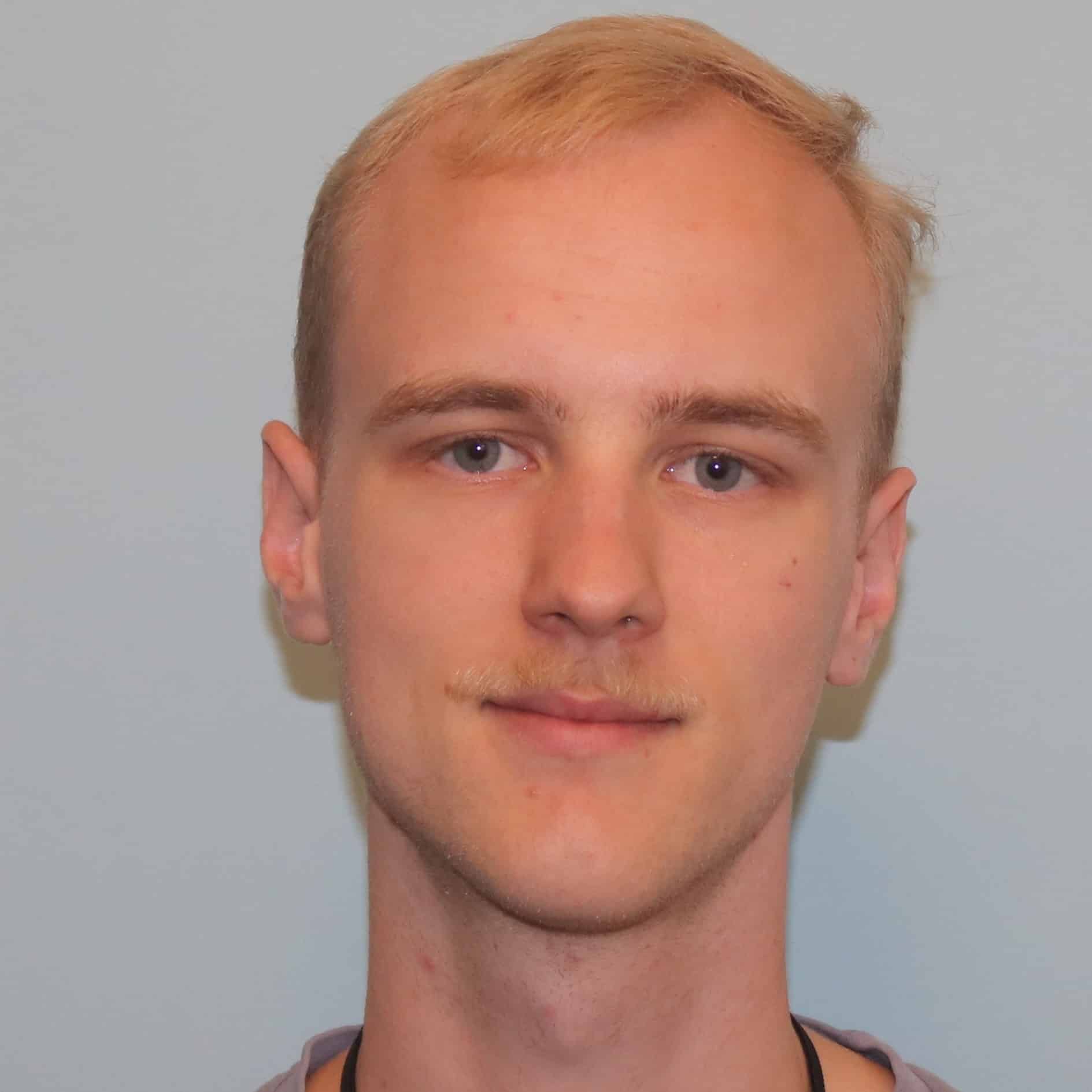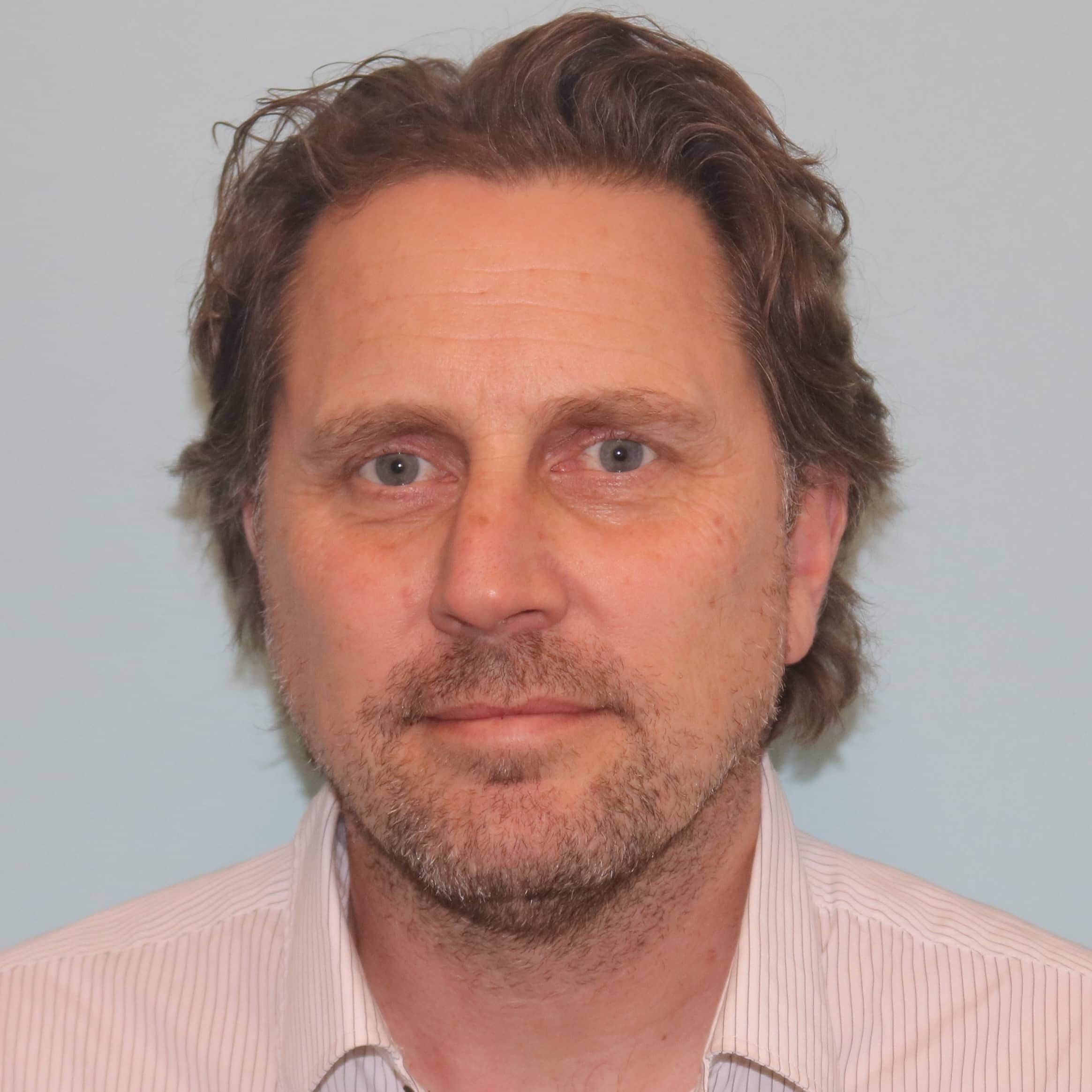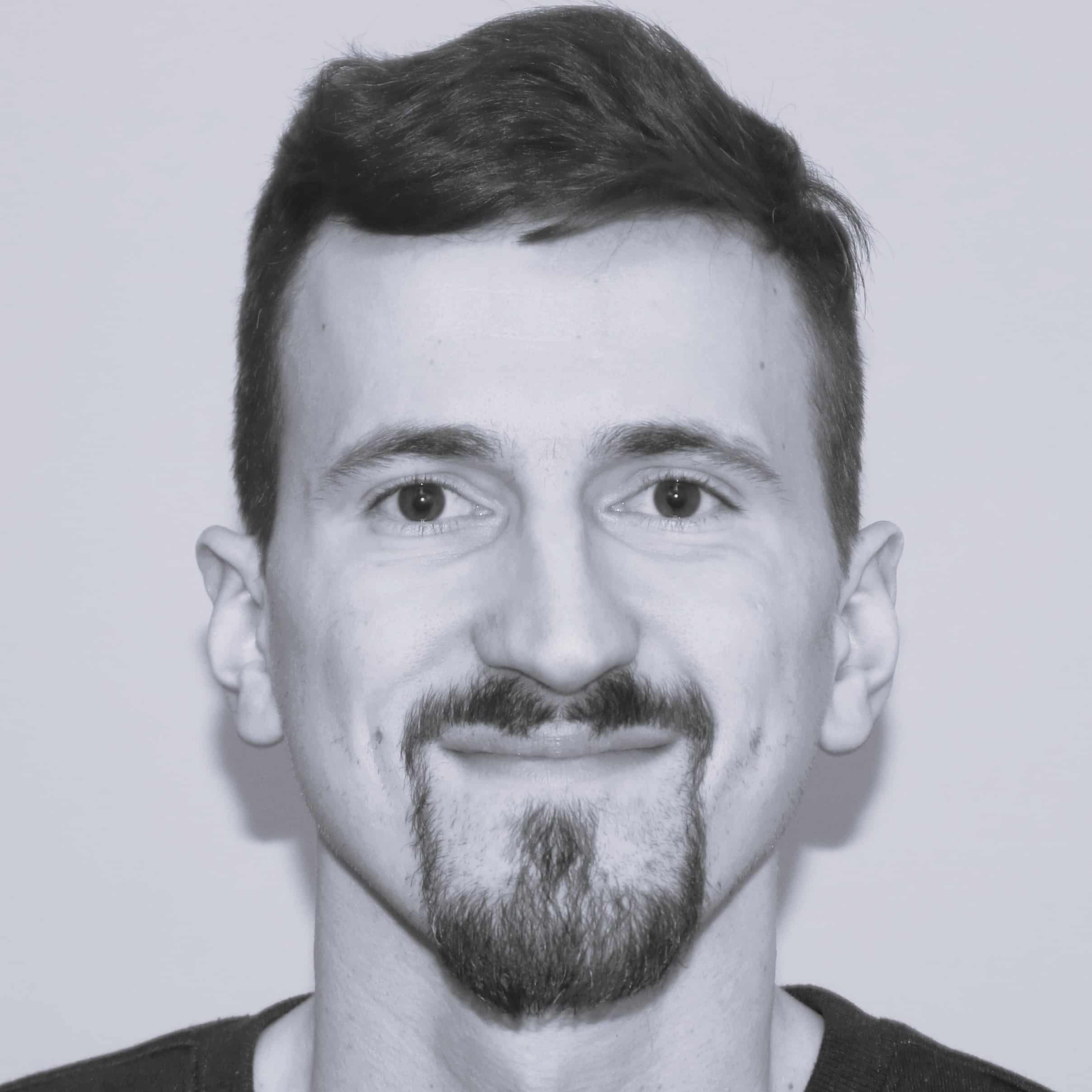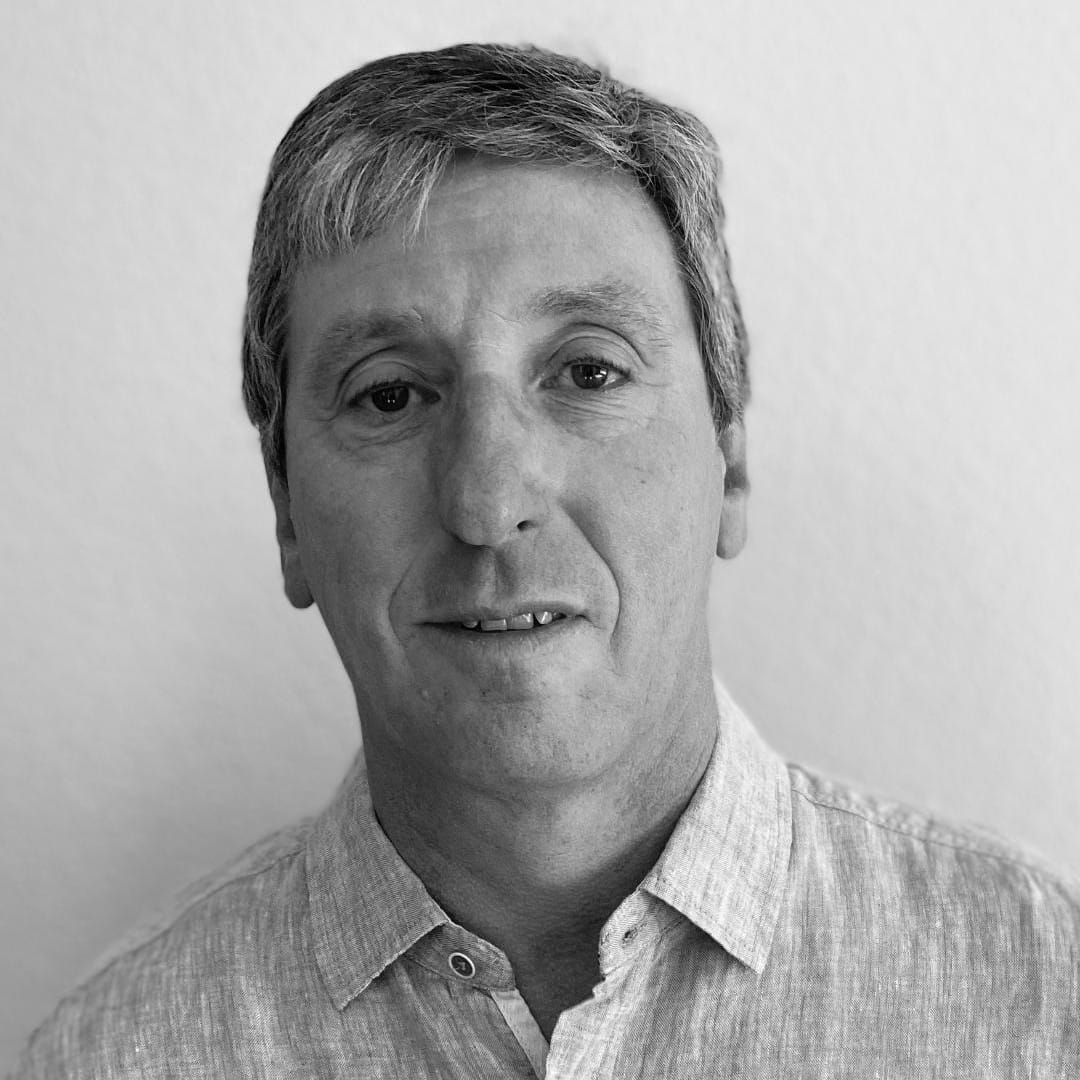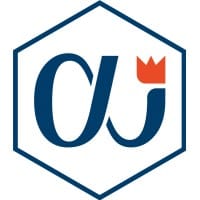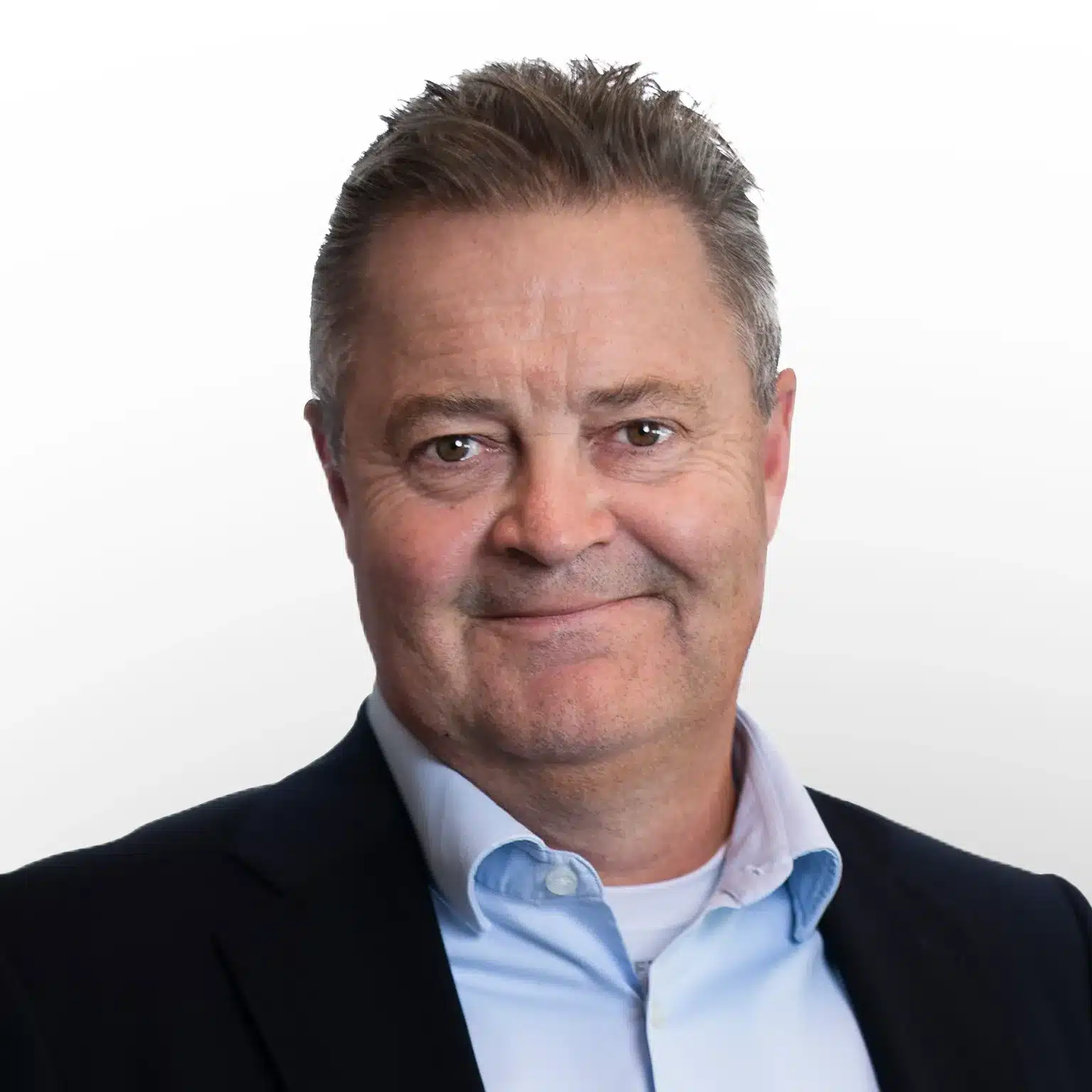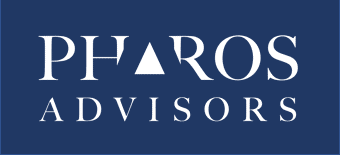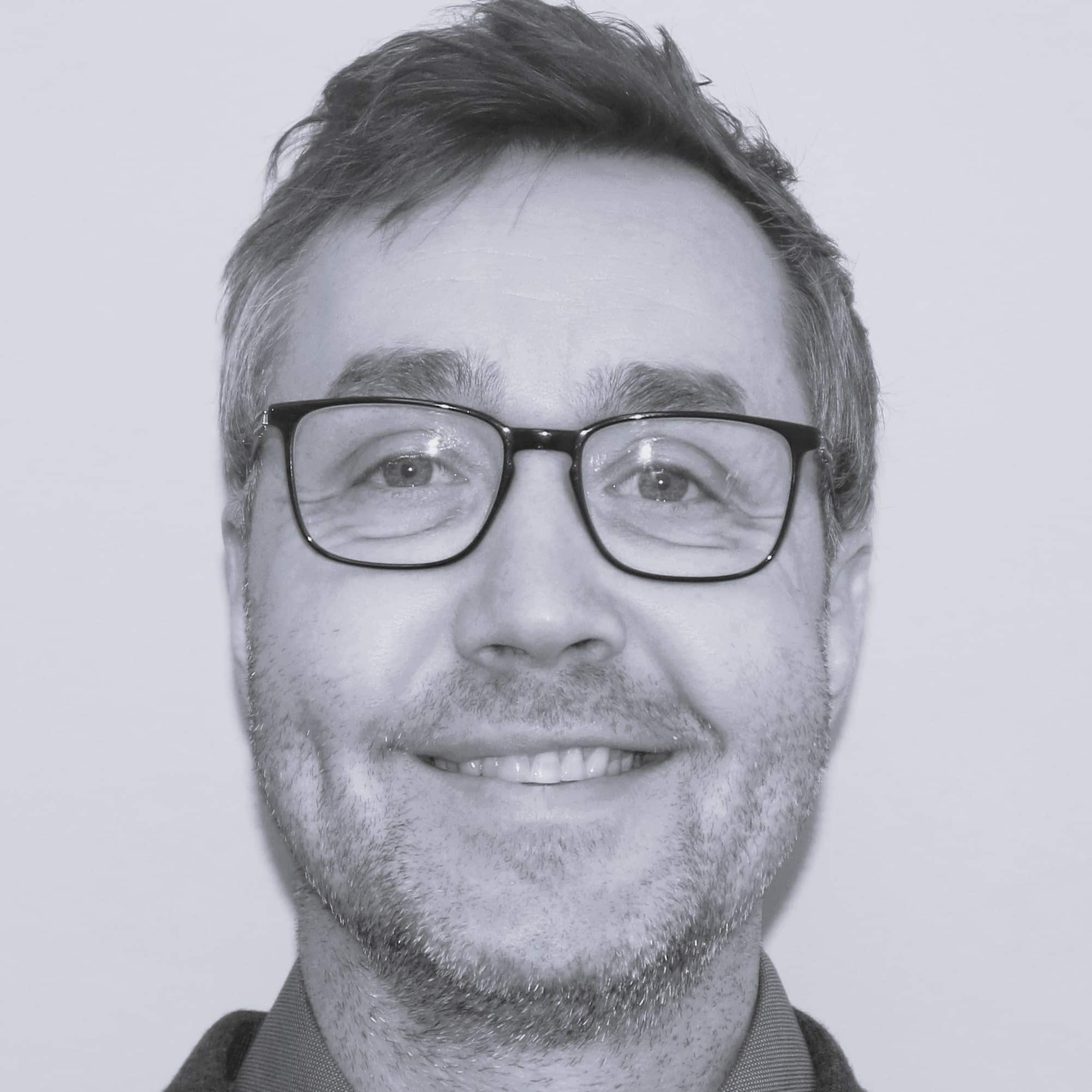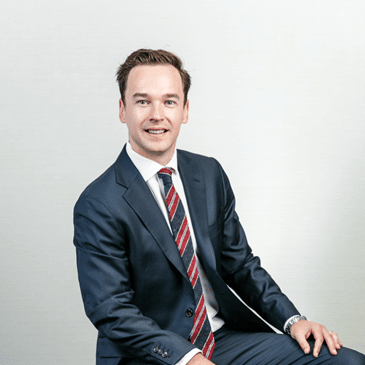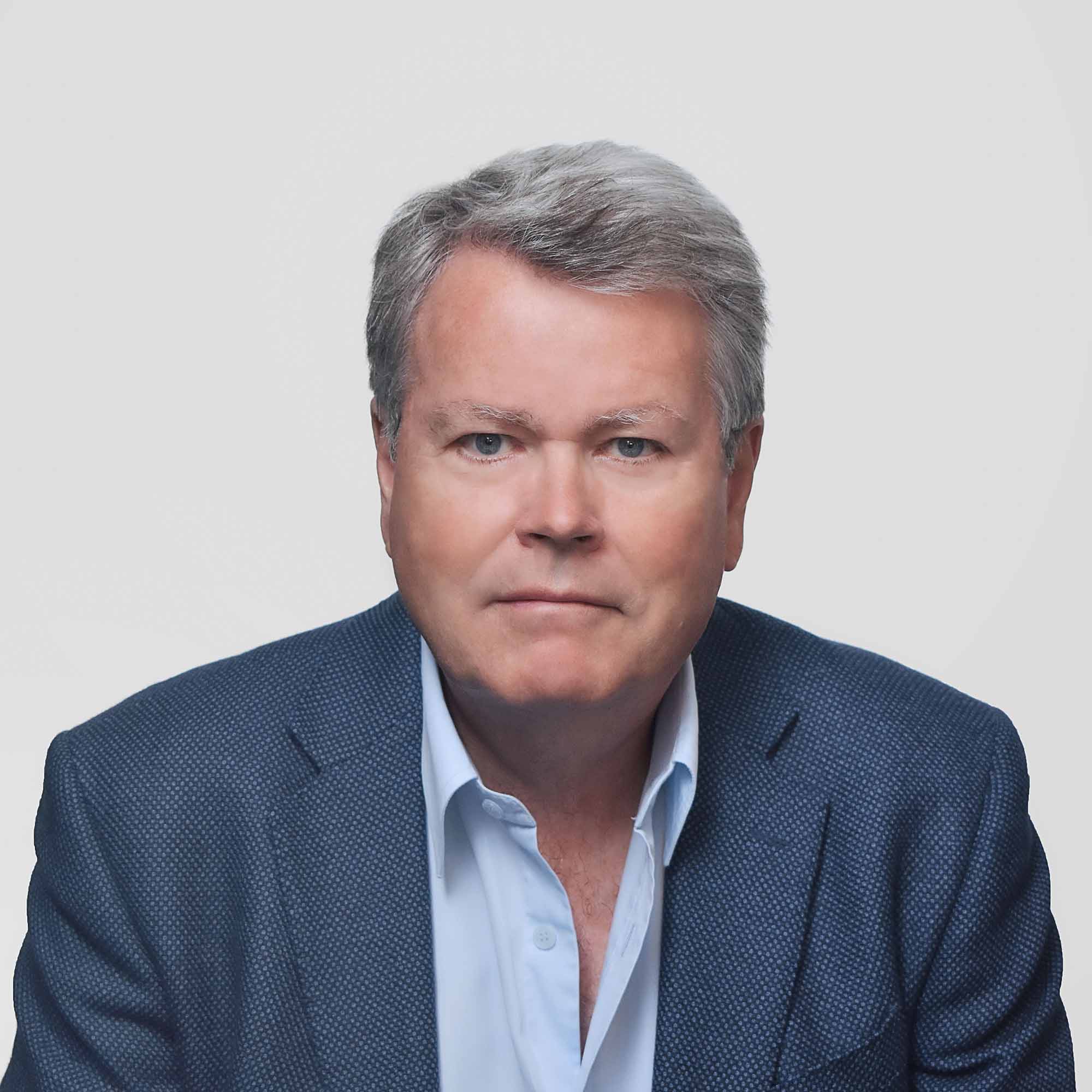Rig contracting activity has slowed down, with no new fixtures confirmed this week; nonetheless, drilling contractors have been busy with rig moves and drilling operations in the US Gulf of Mexico, Canada, Morocco, and Norway.
In case you missed it, you can access our previous Rig Market Roundup here.
Esgian Rig Analytics Story
The offshore drilling market is navigating a complex landscape marked by both recovery and caution. As the industry is adjusting to past lessons and current economic realities, Esgian has examined why newbuild orders face high barriers, delving into the cautious yet strategic approach of offshore drilling contractors amid the ongoing upcycle. Read all about it here.
Drilling Activity and Discoveries
ExxonMobil has abandoned the Persephone C-54 well on EL 1169 in the Orphan Basin offshore Newfoundland, Canada. As of publication time, ExxonMobil media relations had not yet responded to a request for information on the results of the well. The exploration well was spudded on 24 May 2024 with Stena Drilling 10,000-ft drillship Stena DrillMAX. The 2007-built rig is understood to now be en route to Guyana, where it had been drilling for ExxonMobil at the Stabroek block prior to moving to Canada.
Seadrill’s 12,000-ft drillship West Neptune has resumed drilling operations on LLOG’s Who Dat South exploration well in the US Gulf of Mexico, as post-tropical cyclone Francine is no longer a threat to oil and gas activities in the area. The Who Dat South exploration well, MC-545-1, was spudded on 5 September but operations had to be suspended and well shut in less than a week later due to Hurricane Francine. Severe weather conditions in the Gulf of Mexico prompted operators to evacuate personnel from certain non-dynamically positioned (DP) rigs, and move certain dynamically positioned rigs off location out of the storm’s path. Following the hurricane’s passage and an inspection of the Who Dat FPS and wells, LLOG restarted production operations, with a full ramp-up of production expected to take several days. Drilling of the Who Dat South exploration well has also resumed, LLOG’s partner, Karoon, informed on Monday 16 September. According to the latest data from the US safety agency, the Bureau of Safety and Environmental Enforcement (BSEE), there are no longer any personnel evacuated from non-DP rigs, while two DP rigs remain off location. The Who Dat South well is located in a water depth of approximately 780 metres (2,559 feet). It will test two amplitude-supported Miocene turbidite reservoir prospects, with the shallower target analogous to productive zones within the Who Dat fields. It is located within tie-back distance to both the Who Dat G subsea manifold (6 kilometres) and the Who Dat FPS (11 kilometres).
Energean has completed drilling the Anchois-3 well on the Lixus licence offshore Morocco, with partner Chariot Limited reporting that the well has “not delivered as anticipated or in line with the excellent results of the previously drilled Anchois-2 well.” Energean began drilling Anchois-3 with Stena Drilling 10,000-ft drillship Stena Forth in August 2024. Earlier this month, the rig was used to drill an initial pilot hole to evaluate the potential of the Anchois Footwall Prospect. Reservoirs in the prospect were found to be water bearing and the pilot hole was plugged and abandoned. The Anchois-3 main hole (Anchois-3ST) has now been drilled to a total measured depth of 9,990 ft (3,045 m) in 1,145 ft (349 m) of water. Chariot has stated that multiple good quality has bearing reservoirs were found in the B sand appraisal interval as anticipated but gas pays are now interpreted to be lower than the pre-drill model. Other target reservoirs were encountered below the B sand but were water wet, as was the Anchois North Flank exploration prospect. The main hole has been plugged and abandoned without flow testing and the drillship is being demobilised. The Lixus Offshore licence is operated by Energean with a 45% interest. Chariot Limited has a 30% interest and ONHYM a 25% interest. Chariot stated that further detailed work by the partnership will be done to define the next steps for the project.
In a decision dated 11 September 2024, Judge Carlos Albero Villalva Del Alvar of Distrito Judicial de Santa Marta has ordered Petrobras and partner Ecopetrol to immediately suspend all drilling and related activity at the Uchuva-2 well and Tayrona Block offshore Colombia. The judge found that the indigenous community of Taganga should have been consulted about the project. The court decision suspends drilling and other activity until a series of conditions are met, which include various Colombian government agencies consulting with the Indigenous Council of Taganga and carrying out a new environmental and sociocultural impact study on exploration on the Tayrona block. In addition, Colombian governmental agencies have been ordered to develop processes for verifying the presence of traditional communities in the areas of future projects, and consulting with them, as well as safeguarding traditional cultural practices. Petrobras and Ecopetrol have also been ordered to stop using the names Uchuva and Tayrona. Petrobras is the operator of the Tayrona block with a 55.6% interest, while Ecopetrol has a 44.4% interest. Petrobras has been drilling at the block with Noble 10,000-ft semisubmersible Noble Discoverer since the second quarter of 2024 and in August, the partners reported that the Uchuva-2 well had confirmed the 2022 natural gas discovery at the Uchuva-1 well. Noble Discoverer is currently located offshore Colombia and is chartered to Petrobras until July 2025 with a 390-day option available.
Equinor and its partners have made an oil and gas discovery in wells 15/3-13 S and 15/3-13 A on the Gudrun field in the North Sea off Norway. These were exploration wells number 13 and 14 in production licence 025, which is operated by Equinor with Vår Energi, OMV (Norge), and Repsol Norge participating as partners. After securing a drilling permit in March 2024, the drilling started in April, using Odfjell Drilling’s 10,000-ft semisub Deepsea Stavanger. Preliminary estimates place the size of the discovery between 0.1 and 1.2 million standard cubic meters (Sm3) of recoverable oil equivalent in the intra-Draupne Formation, and between 0.4 and 1.3 million standard cubic meters (Sm3) of recoverable oil equivalent in the Hugin Formation. The licensees will assess the well results in light of other prospectivity in the area. The well 15/3-13 S encountered thin oil-bearing sandstone layers in the intra-Draupne Formation. The oil/water contact was not encountered. In the Hugin Formation, the well encountered a total of 92 meters of sandstone with poor reservoir properties. Gas was encountered in two intervals, with respective thicknesses of 8 and 7 meters. The gas/water contact was not encountered. A sidetrack, 15/3-13 A, was drilled with the objective of delineating the discovery. The well encountered oil in an 85-meter thick interval in the intra-Draupne Formation, a total of 13 meters of which were intermittent sandstone layers with moderate reservoir quality. The oil/water contact was proven 4328 meters below sea level. The well also proved about 100 meters of sandstone with poor reservoir properties in the Hugin Formation. The entire interval was aquiferous, and no gas/water contact was proven. No reservoir was encountered in the secondary exploration target, the Rødby Formation in the Lower Cretaceous. The wells were not formation-tested, but extensive data acquisition and sampling were carried out. Both wells have been permanently plugged and abandoned.
In a final update following Tropical Storm Francine, the Bureau of Safety and Environmental Enforcement (BSEE) has confirmed that no personnel remain evacuated from offshore rigs in the US GOM and no dynamically positioned rigs are still moved off location. As of 17 September 2024, 16 manned production platforms in the US GOM remained evacuated and around 5.62% of oil and 9.68% of natural gas production remained shut in.
TotalEnergies has started production from the Fenix gas field, located 60 km off the coast of Tierra del Fuego in Southern Argentina. The field is part of the Cuenca Marina Austral 1 (CMA-1) concession, in which TotalEnergies holds a 37.5% operated interest, alongside its partners Harbour Energy (37.5%) and Pan American Energy (25%). The production start-up at Fenix came ahead of schedule, only two years after the final investment decision (FID). The wells were drilled using the 400-ft jackup Noble Regina Allen, which arrived in Argentina earlier in 2024 after completing repairs in the Netherlands. The rig’s 220-day firm contract started in May and, following an exercise of two priced options in July, it runs through February 2025, with further options that could extend it through March 2025. With a production capacity of 10 million cubic meters per day (70,000 boe/d), the Fenix development consists of a new unmanned platform, located at 70 meters of water depth and connected to the existing CMA-1 facilities. Gas produced at Fenix is sent through a 35-kilometre subsea pipeline to the TotalEnergies-operated Véga Pléyade platform and is subsequently treated onshore at the Río Cullen and Cañadon Alfa facilities, which are also operated by the company.
Demand
Europa Oil & Gas, i3 Energy’s partner in the Serenity licence in the UK North Sea, does not intend to apply to the North Sea Transition Authority (NSTA) for an extension to the licence, which is due to expire on 30 September 2024. As a result, the incurred costs associated with Serenity that Europa has capitalised on its balance sheet will be written off, the company informed on Friday 13 September. i3 Energy, the operator, said in late June that the status of the P.2358 licence extension will be known with certainty by the next interim reporting date of 30 September 2024, and if unsuccessful, could result in an impairment charge in the period then-ending. The Serenity field is located in licence P.2358 in the UK North Sea. The licence also contains the Liberator field discovery and the Minos High prospect. The licence’s four-year second term commenced on 30 September 2020. The Serenity appraisal well was drilled in September 2022, using the Stena Don semisub. The joint venture has been working to advance a field development plan for a one-well development for the field following Europa’s farm-in to the licence in 2022, assessing various development scenarios. The partners believe that Serenity offers a commercially viable development opportunity with a number of potential development scenarios available given the local infrastructure. However, earlier this year, Europa shared its concerns over the impact of possible future changes in the UK’s fiscal regime on project economics. At the time, Europa warned that the removal of the Energy Profits Levy (EPL) investment allowance “may negatively impact the economics of Serenity and may jeopardise any future development.”
Pharos Energy is continuing plans for potential exploration drilling on Block 125 offshore Vietnam, with long lead times ordered in August 2024 and discussions ongoing with potential farm-in partners and rig contractors required to progress exploration on the block. Pharos was granted a production sharing contract extension for Blocks 125 and 126 in 2023, extending the first exploration period to 8 November 2025. Pharos has previously indicated that drilling at the block could require a drillship or semisubmersible. Pharos is the designated operator of Blocks 125 and 126 offshore Vietnam with a 70% interest, while SOCO International holds a 30% interest. The blocks are located in the Phu Khanh Basin offshore central Vietnam.
Mobilisation/Rig Moves
Noble’s CJ70492-ft jackup Noble Invincible has completed its current term with Aker BP and is moving towards a new location offshore Norway to work for DNO. The jackup has moved from Aker BP’s Edvard Grieg location and is en route to the DNO-operated production licence 1086 in the North Sea to drill the exploration well 2/6-7 S, targeting the Falstaff prospect. DNO awarded a one-well contract to the Noble Invincible in February 2024 and secured a permit for the well in August. Pre-drill volumes for Falstaff have been estimated at 25-184 MMboe, with a medium chance for success. Operations are expected to last around 40 days, after which the rig is scheduled to return to Aker BP to work under the terms of a frame agreement that continues into November 2027.
Vantage Drilling-managed 375-ft jackup Topaz Driller has completed its yard stay in Singapore. It will start its contract with Carigali-PTTEPI Operating Company (CPOC) soon. The jackup arrived in Crystal Offshore’s Singapore yard from Africa in May. In the yard, the rig underwent significant upgrades selected and funded by CPOC. This Baker Marine Pacific Class 375 jackup rig is now on its way to mobilise for its 730-day contract with CPOC in the Malaysia/Thailand joint development area. To remind, rig owner Vantage Drilling last week agreed to sell the rig to ADES for $105 million. ADES will also acquire Vantage’s 375-ft jackup Soehanah for $85 million. As part of the agreement, Vantage will manage both Baker Marine Pacific Class 375-design rigs under a three-year management agreement post-sale. The sale is subject to customary closing conditions.
The 375-ft jackup drilling rig Baltic, recently sold by Shelf Drilling, has departed Nigeria aboard the Seaway Eagle heavy-lift transportation vessel and is en route to its new owner in Southeast Asia. In July, Shelf Drilling agreed to sell the jackup to what has been confirmed to be Malaysia-based T7 Global for $60 million. T7 Global plans to use the rig for a multi-year plug and abandonment (P&A) programme with Petronas Carigali in Malaysia. Shelf Drilling will continue to provide rig management and operational support throughout the P&A campaign. The Baltic, built in 1983, recently concluded its contract with Tulcan Energy Resources in Nigeria.
Valaris’ 350-ft jackup rig, Valaris 147, which had been stationed at the Ras Tanura anchorage following the suspension of its contract with Saudi Aramco, is now en route to Abu Dhabi Free Port. This move follows the suspension of both Valaris 147 and Valaris 148, part of the second round of Saudi Aramco’s jackup rig contract suspensions this year. Saudi Aramco started suspending jackup rigs following a January 2024 directive by Saudi Arabia’s Ministry of Energy not to proceed with planned production ramp-up, leaving 27 jackups suspended in total. The 350-ft Valaris 148 jackup rig relocated to Abu Dhabi Free Port on 10 September, and Valaris 147 is now expected to join it shortly. The tow of Valaris 147 is being supported by the vessels Thanos II and Blasco. ABL is providing Tow Master services for the rig’s relocation.
P&A specialist Well-Safe Solutions’ 1,500-ft semisub rig Well-Safe Guardian has demobilised from the North Sea to a port in Scotland. The rig mobilised to the North Sea for Repsol Resources in October 2023 to complete the remainder of the P&A programme, which started in the year before, with expectations to complete the scope in late Q3 or early Q4 2024. Following the completion of operations, the rig has demobilised from the Buchan field and is en route to Invergordon. It has no other confirmed contracts at the moment. Well-Safe Solutions in 2023 secured a multi-year framework agreement with Apache, providing the operator with access to the Well-Safe Defender and Well-Safe Guardian, and a global master agreement with bp, providing the operator with project management, well engineering, engineering design, and well decommissioning services.
Other News
State-owned Surinamese company Staatsolie intends to participate in the development of Block 58 offshore Suriname along with TotalEnergies and APA Corporation and is considering issuing bonds to finance this. TotalEnergies and its partner APA Corporation are expected to announce a final investment decision for Block 58 in the fourth quarter of 2024. TotalEnergies recently submitted plans for a 32-well development at Krabdagu and Sapakara South on the block. According to the Production Sharing Contract for Block 58, Staatsolie has the right to participate up to a maximum of 20% the development of the first oil production field. The company estimates that, with maximum participation, its financing requirement will exceed $1.8 billion. Staatsolie is considering cash reserves, bonds, bank loans, partnerships with strategic and/or non-strategic partners, and other financing forms or a combination thereof in order to fund this participation and will launch a bond issuance in January 2025 to secure the necessary investment capital. The bond issuance will close in March 2025.
Shelf Drilling and Shelf Drilling (North Sea), Ltd. (SDNS) have announced that the entities, including SHLF MergCo, have entered into an agreement and plan of merger whereby SDNS will become a wholly owned subsidiary of Shelf. SDNS was created in October 2022 following Shelf Drilling’s acquisition of five jackups from Noble, which Noble agreed to sell to address the UK Competition and Markets Authority concerns regarding its merger with Maersk Drilling. SDNS’s fleet includes three rigs in the North Sea – Shelf Drilling Fortress, Shelf Drilling Winner, and Shelf Drilling Barsk – and the remaining two – Shelf Drilling Odyssey and Shelf Drilling Perseverance – are in Qatar and Vietnam, respectively. Shareholders of SDNS have irrevocably undertaken to vote in favour of the necessary resolutions to approve the proposed merger at a general meeting of SDNS expected in October 2024. The directors of SDNS who are considered independent of SHLF have approved and recommended the proposed merger. The combination will fully consolidate Shelf’s jackup fleet, solve the funding gap in SDNS, and allow Shelf to fully support the SDNS entity going forward. According to Shelf, the combined company will draw benefits from a simplified capital structure, while investors should benefit from a more liquid, tradeable share. This funding need arose from the delay in the contract start-up in Norway after the start date of Shelf Drilling Barsk with Equinor was postponed from May/June 2024 due to the pending approval of the Acknowledgement of Compliance (AoC) from the regulatory authority. A new AoC application has been submitted and the contract is now expected to begin in Q4 2024. The proposed merger is structured as a triangular merger between an indirect subsidiary of Shelf (SHLF MergCo), SDNS (as the surviving entity in the proposed merger), and Shelf as the issuer of the merger consideration shares. As part of the merger, the shareholders of SDNS would receive as consideration for each SDNS share being cancelled in the merger: 1.05 merger consideration shares in SHLF; and a cash consideration of NOK 8.0 per SDNS share. This represents a total consideration of NOK 25.90 per SDNS share, and corresponds to an equity value of SDNS of approximately NOK 2.6 billion, based on a value per SHLF share of NOK 17.05, corresponding to the closing trade price on the Oslo Stock Exchange as of 13 September 2024. The total cash consideration element of the merger consideration amounts to approximately the NOK equivalent of $30 million. SHLF has an indirect shareholding in SDNS of 60%, and such existing SDNS shares will continue to be SDNS shares upon the merger, with SHLF not being entitled to the merger consideration. Following the completion of the transaction, existing SHLF holders will own approximately 84% of SHLF, and SDNS shareholders (other than SHLF) will own approximately 16% of SHLF. Shelf Drilling CEO, Greg O’Brien, said: “Combining Shelf Drilling North Sea into Shelf Drilling fulfils our ambition to streamline the Shelf Drilling company structure.” O’Brien also added: “The transaction high-grades the Shelf Drilling fleet with four premium jackups and one ultra harsh jackup and allows for Shelf Drilling to finance the $40m funding need in Shelf Drilling North Sea in an efficient manner.” According to Esgian Rig Values, the SDNS fleet is valued at approximately $792 million (based on average values). The 500-ft Shelf Drilling Barsk (2016, GustoMSC CJ-70) is valued between $242 and $268 million, while the 400-ft Shelf Drilling Fortress, Odyssey, and Winner (2014, F&G JU-3000N models) are each valued between $142 and $157 million. Shelf Drilling Perseverance (2008, F&G JU-2000E), also designed for 400 feet of water depth, is valued at between $82 and $93 million. Subject to the timely fulfilment of the conditions, the proposed merger is expected to be completed towards the second half of October 2024.
China National Petroleum Corporation (CNPC) subsidiary PetroChina Investment Suriname B.V. and Suriname’s state oil company Staatsolie have signed production sharing contracts for Blocks 14 and 15 offshore Suriname. The two blocks were part of the Suriname Shallow Offshore 2 Bid Round 2023-2024 and are located in the eastern part of the Suriname-Guyana Basin, bordering Block 52. Block 14 has water depths of 164 to 246 ft (50 to 75 m) and Block 15 from 246 to 492 ft (75 to 150 m). The contracts give PetroChina exploration, development and production rights for the two blocks with Staatsolie holding a 30% participation interest via its subsidiary Paradise Oil Company N.V. PetroChina and the Staatsolie subsidiary have also signed a joint operating agreement, setting out agreements between the contract parties regarding the exploration, development and production of oil and gas, and the distribution of the costs, risks and revenues of the project.
Following a recent formal award of three new licences in the UK to Hartshead Resources, the UK’s North Sea Transition Authority (NSTA) has now fully executed and formally awarded all six licences to the company. These six licences were obtained by Hartshead as part of the 33rd Licensing Round Applications, with the first three formally awarded earlier in September. In aggregate, this is an additional 627Bcf 2C Contingent Resources and 560 Bcf 2U Prospective Resources, net to Hartshead. Prospective resources are estimated quantities of petroleum that may potentially be recovered by the application of a future development project(s) and relate to undiscovered accumulations. These prospective resources estimates have both an associated risk of discovery and a risk of development. Further exploration appraisal and evaluation are required to determine the existence of a significant quantity of potentially moveable hydrocarbons.
Australia’s Minister for Industry and Science, Ed Husic, has indicated that Asset Energy’s applications related to the PEP-11 offshore permit in New South Wales (NSW) should be refused. However, he noted that a final view would only be formed after receiving more information from the operator. This development follows Asset Energy’s last month’s move to seek judicial intervention, seeking a declaration that the Commonwealth-New South Wales Offshore Petroleum Joint Authority had breached an implied duty by failing to decide on two applications submitted in 2020 and 2021. These applications concern the variation and suspension of work program conditions, as well as an extension of the PEP-11 permit. Asset Energy called for the Joint Authority to make a decision within 45 days. In a statement on Wednesday, Minister Husic said: “I have carefully considered all material submitted by Asset Energy Pty Ltd and formed a preliminary view that the applications should be refused. As part of the ordinary fair process, I have given Asset Energy an opportunity to provide further information to address concerns that I currently hold about the applications. This gives Asset Energy an opportunity to address my concerns before any final decision is made. Once I receive a response from Asset Energy I will carefully consider any further information provided. The Australian Government is committed to considering the applications in accordance with due process under the Offshore Petroleum and Greenhouse Gas Storage Act 2006. I will not make further comment while the process is underway.” BPH Energy, a partner in the PEP-11 joint venture through its stake in Advent Energy, acknowledged the minister’s statement and said it was forwarding the correspondence to its legal team. The company said it would update the market accordingly. Asset Energy, a subsidiary of Advent Energy and the operator of the PEP-11 exploration permit in the Sydney Basin, NSW, is planning to drill the Seablue-1 well at the Baleen prospect in the PEP-11 Block. The proposed well site is located approximately 30 kilometres southeast of Newcastle in Commonwealth waters at a depth of 125 metres (410 feet). Asset Energy has been in discussions with drilling contractors and other operators who have recently secured rigs for Australian offshore work. In preparation for drilling, the PEP-11 partners have previously stated that Asset has begun necessary work for environmental approvals, ahead of the formal approval of the PEP-11 licence application. Advent Energy, through Asset Energy Pty Ltd, holds an 85% interest in PEP-11, with joint venture partner Bounty Oil & Gas holding the remaining 15%. In March, the New South Wales government passed legislation to ban offshore drilling; however, partners in PEP-11 said the NSW government had no jurisdiction over the block due to its distance from shore, and “all such matters touching PEP-11 are under the jurisdiction of the Commonwealth of Australia (ie the Australian Government).”
The Norwegian Ocean Industry Authority (Havtil) has granted Equinor consent to use the 1,640-ft semisub Transocean Encourage for production drilling on a field offshore Norway. The consent relates to operations on the Equinor-operated production licence 128, which contains the Verdande field. The Transocean Encourage will drill wells 6608/10-BV-3 H and 6608/10-V-4 H. The rig is under a long-term contract with Equinor that stretches into Q3 2026. The Verdande field is located in the Norwegian Sea, 10 kilometres north of the Norne field. The water depth is 380 metres. Verdande was discovered in 2017, and the plan for development and operation (PDO) was approved in June 2023. The development concept includes a subsea template with three production wells tied back to the Norne floating production, storage and offloading vessel (FPSO). The field is under development, and production is planned to start in 2025.
Southeast Asia-focused E&P company Longboat Energy has changed its name to Seascape Energy Asia plc to reflect its recent strategic focus change. Longboat Energy in July completed disposal of its Norwegian assets and decided to shift focus on Malaysia. The company said late in August that the farm-out of Block 2A in Malaysia was well underway and the company was confident of executing a transaction during Q4 2024. It also said negotiations on a production sharing contract, located in shallow water offshore Sarawak, Malaysia, containing a portfolio of material, undeveloped gas fields were nearing completion. Block 2A, where the company now named Seascape Energy Asia is the operator with a 52.5%, alongside partners Petronas and Petros, contains the large Kertang prospect. The company has described the prospect one of the largest undrilled structures in Malaysia with a chance of success between 16 and 27%, with drilling expected in 2025 or 2026.
Chevron and its partners in the Aphrodite field on Block 12 offshore Cyprus have signed an agreement with the government of Cyprus for a standstill period to continue holding discussions regarding an updated plan of development for the field. In late August 2024, Chevron received a notice of breach from the Minister of Energy in the Cypriot government in connection with the non-achievement of a milestone for the performance of Front-End Engineering Design (FEED) regarding a development plan for Aphrodite. Chevron and its partners were given three months to remedy the breach, failing which the government would be entitled to give notice of termination of the production sharing contract for Aphrodite. In September, Chevron submitted an updated plan of development for the field, which proposes a floating production unit attached to four wells. Chevron is the operator of the Aphrodite field with a 35% interest. Shell subsidiary BG Cyprus holds a 35% interest while Israeli partnership NewMed Energy holds the remaining 30%.
Eight Japanese companies have signed agreements with the Japan Organization for Metals and Energy Security (JOGMEC) to conduct a study on the transportation and injection of CO₂ from Japan to depleted offshore gas fields in Sarawak, Malaysia. The companies involved are JAPEX, JGC HD, “K” LINE, JFE Steel, MGC, Mitsubishi Chemical, EnerGia, and Nippon Gas Line Co. The contract covers the commissioning of design work related to the Carbon Capture and Storage (CCS) project, which aims to inject and store CO₂ emitted from various industries in Japan beneath the seabed offshore Sarawak. The companies will examine the equipment and costs required for the separation, collection, and liquefaction of CO₂ emitted from steelworks, power plants, and chemical plants in Japan. Petronas CCS Ventures Sdn. Bhd. (PCCSV) will collaborate with the Japanese companies to assess the equipment and costs needed for marine transport to Sarawak, as well as for the injection and storage of CO₂. JAPEX, JGC HD, “K” LINE, and PCCSV signed a Key Principles Agreement (KPA) regarding the commercialization study of the CCS project on September 22, 2023. They also signed a Storage Site Agreement with Petroleum Sarawak, the state-run energy company and CO₂ storage rights manager, on February 26, 2024. The plan includes utilizing depleted gas fields off the coast of Sarawak, including the M3 depleted field, as CO₂ storage sites.
The Bayu-Undan field joint venture and TIMOR GAP have now executed a Sale and Purchase Deed (SPD) to transfer a 16% interest in the Bayu-Undan upstream project, located offshore Timor-Leste, to TIMOR GAP, with an economic date of 1 July 2024. Completion of the transaction, first announced earlier this month, is subject to customary closing conditions. Under the terms of the SPD, TIMOR GAP will join the Bayu-Undan joint venture for the remainder of the project’s economic life. The Production Sharing Contract (PSC) for Bayu-Undan will terminate either on 30 June 2026 or when production ceases, whichever occurs first. The Bayu-Undan upstream project includes the offshore petroleum field, as well as offshore production and processing facilities. The field continues to supply gas to the Australian domestic market via a Gas Sales Agreement with the Northern Territory’s Power and Water Corporation, in addition to producing liquids. This transaction marks TIMOR GAP’s entry into the joint venture, which currently consists of Santos, SK E&S, INPEX, Eni, and Tokyo Timor Sea Resources. The current interest breakdown is as follows: Santos (43.4%), SK E&S (25%), INPEX (11.4%), Eni (11%), and Tokyo Timor Sea Resources (9.1%). Once the deal is finalised, the new working interests in the Bayu-Undan joint venture will be: Santos (36.5%), SK E&S (21%), INPEX (9.6%), Eni (9.2%), Tokyo Timor Sea Resources (7.7%), and TIMOR GAP (16%). Santos has previously expressed its commitment to working with Timor-Leste and the joint venture to repurpose the Bayu-Undan field into a large-scale carbon capture and storage project once petroleum production concludes.
EOG Resources’ proposed multi-well drilling plan for the Beehive structure offshore Western Australia is now being assessed by the Australian offshore energy regulator NOPSEMA. EOG plans to drill up to three wells, exploration and/or appraisal, into the Beehive structure in WA-488-P, starting no earlier than 1 January 2025 and to be completed no later than 31 December 2029. The exploration/appraisal wells may be drilled via multiple drilling campaigns, with the drilling of each well subject to the success of the prior well. Each well is expected to take 55-150 days to drill. The wells will target the Sunbird and/or Tanmurra formations, with a planned total depth up to about 6,000m depending on the well specific objectives, bottom hole target location, and seismic depth uncertainty. EOG plans to use a jackup drilling rig for the drilling campaign. EOG has explained that the drilling of the wells may not be limited to a single campaign due to rig availability and data interpretation. As such, the jackup rig may not move from one Beehive well to the next in a sequential manner (i.e. the MODU may move to another project before returning to the activity area) and a different rig may be used for each drilling campaign.
Australia-focused Cooper Energy is proposing to conduct an exploration drilling programme within Commonwealth waters of the Otway Basin as part of the Athena Supply Project. According to the plan, which is open for comment until 14 October 2024, the wells will be drilled in Cooper Energy’s existing licence areas approximately 25-40 km offshore from Peterborough, in water depths ranging from 65 metres (210 feet) to 74 metres (243 feet). Cooper is planning to use a semisubmersible drilling rig for the programme. Activities will be carried out within several offshore campaigns planned to start no earlier than 1 January 2025 and be completed no later than 1 January 2030. Each drilling campaign is expected to take up to 60 days excluding environmental and operational delays. Cooper plans the construction of three wells in Juliet, Elanora, and Nestor fields, within licences VIC/L24 and VIC/P76, including contingent sidetrack at one well (Elanora-1 ST1); suspension of three wells (Juliet-1, Elanora-1 ST1 and Nestor-1) relevant only if the wells intersect gas resources sufficient for domestic supply; and plug and abandonment (P&A) of one well (Elanora-1) and contingent P&A of the additional wells (Juliet-1, Elanora-1 ST1 and Nestor-1) relevant only if the wells do not intersect gas resources sufficient for domestic supply. The company is part of a drilling rig consortium who collectively will mobilise a single semisubmersible drilling rig, the 1,640-ft Transocean Equinox, to the Otway region in 2025.
NEO Energy is seeking an extension of the licence P2498 in the North Sea, which contains the Buchan Horst project, as the company awaits clarity on the fiscal and regulatory uncertainties currently facing the UK’s oil and gas industry. As recently reported, NEO is slowing down the work on the project and investment activities across all development assets in its portfolio due to a decision by the Department of Energy Security and Net Zero (DESNZ) to begin a consultation with industry on new environmental guidance in relation to oil and gas projects. The ruling requires regulators to consider the impact of hydrocarbon combustion, Scope 3 emissions, in the Environmental Impact Assessment (EIA) for new projects. This consultation is not expected to conclude until Spring 2025. The EIA for the Buchan Horst project was issued to the Offshore Petroleum Regulator for the Environment and Decommissioning (OPRED) for public consultation early in the year. However, as a result of the consultation timeline, it is now apparent that approval of the EIA and subsequent approval of the field development plan (FDP) will not be possible ahead of Spring 2025. Consequently, the completion of the pre-sanction project activities are being materially slowed down, pending the outcome of both the forthcoming UK Government’s October Budget, particularly any potential additional changes to the Energy Profits Levy, and the environmental guidance consultation. In light of the restrictions on the ability to achieve regulatory approval within the current “Second Term” of the Buchan licence, which runs until 28 February 2025, the joint venture has requested a licence extension from the North Sea Transition Authority (NSTA). The Second Term defines the time period in which FDP approval for a field should be achieved, following which a licence moves into the “Third Term”, which covers the development and production phase of activities for the life of the field.
Melbana Energy Limited has been granted petroleum exploration permit WA-552-P in the Dampier sub-basin of the Northern Carnarvon basin offshore Western Australia. The permit has been granted for an initial period of six years, during which Melbana’s work requirements include reprocessing a 3D seismic survey, reprocessing and 2D modelling vintage gravity and magnetic data sets, and carrying out geological and geophysical studies. If Melbana enters the secondary term, a well could be drilled in the sixth year. WA-552-P is located immediately west of the Stag field and contains the Tusk, Okapi, Brocket, Oryx and Chamois discoveries.
Australia’s Woodside has submitted a five-year revision of the Pluto Facility Operations Environment Plan to incorporate the Xena-03 well. Located in Commonwealth waters, approximately 160 km northwest of Dampier, Western Australia, the Pluto platform has been operational since 2012. The Pluto facility consists of subsea hydrocarbon gathering systems, a riser platform, and an export pipeline. Pluto is an offshore not normally manned production platform that produces wet gas and condensate. Gas and condensate is processed on the Pluto platform and then transported onshore via an export pipeline to the Pluto LNG plant for processing. This EP is being revised and resubmitted to integrate drilling, subsea installation, commissioning (drilling and tie-back) and production from the Xena reservoir (Xena-03 tie-back) into the existing Pluto production systems. The Xena-03 drilling and tie-back activities are planned to occur in 2025, with a contingency to occur in 2026. The approximate water depth of the Xena-03 well is 177 metres (approximately 580 feet). Woodside will drill the Xena-03 well using a moored or hybrid MODU, with semisubmersible rigs such as the 6,000-ft Ocean Apex and the 1,640-ft Transocean Endurance referenced in the technical specifications as typical moored and hybrid rigs, respectively. Contingent well intervention activities may also be performed by a moored or hybrid rig. Due to variabilities such as contractual and operational matters, the drilling rig used may be subject to change, the EP reads.
Image credit: Stena Drilling
